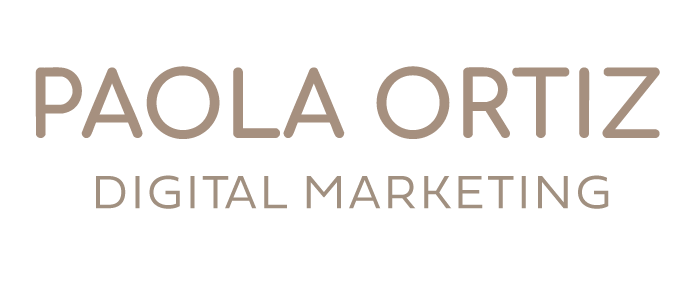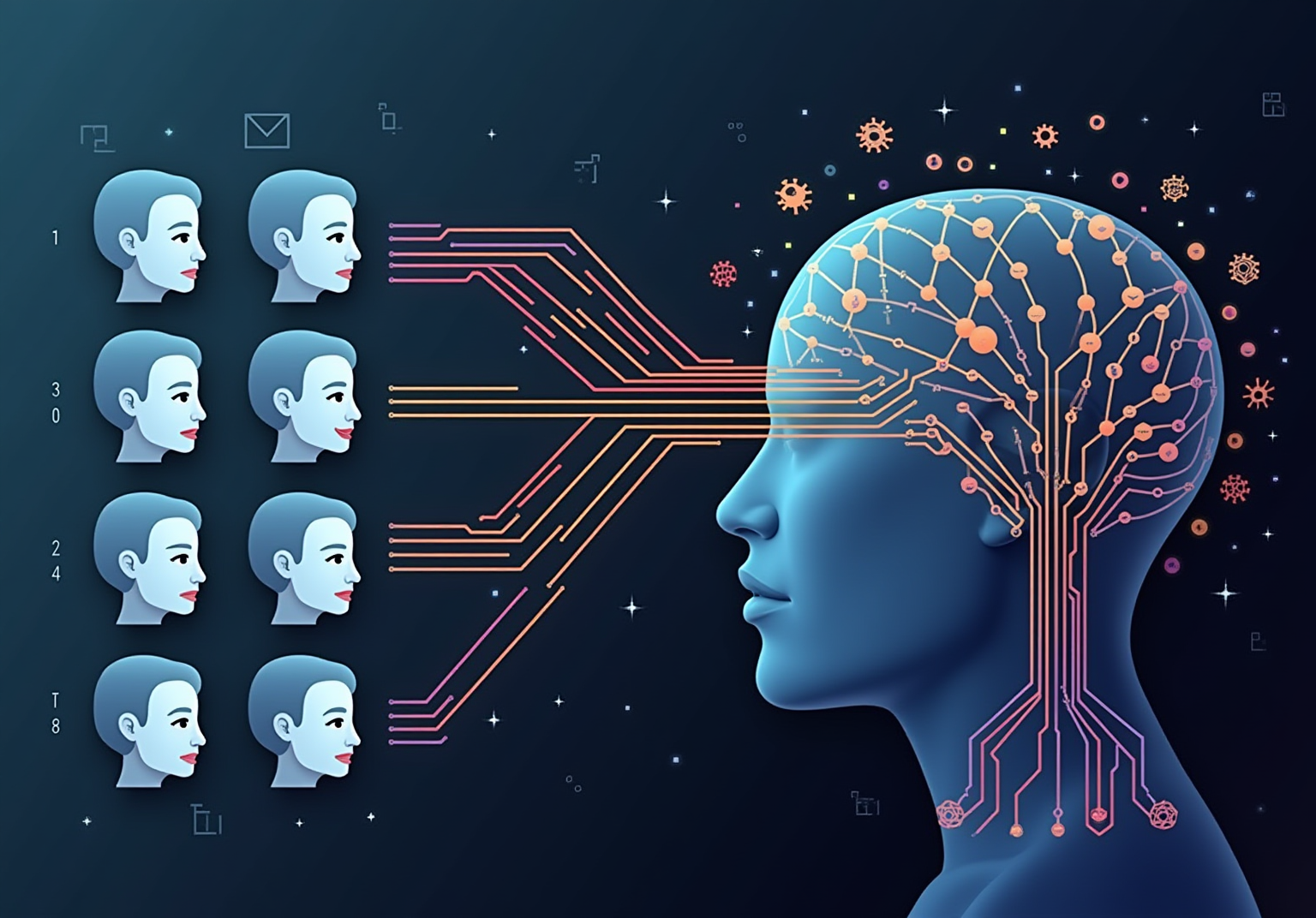Automated Analysis of Resumes and Cover Letters Using NLP and Text Classification Models
Project Objective
Design an AI-powered solution to help HR teams make the hiring process faster and more objective by automatically analyzing resumes and cover letters to identify the most suitable candidates for each role.
The Problem
Hiring is often done manually. Recruiters read resumes one by one, which takes a lot of time. It’s also easy for unconscious bias to creep in, especially when there are hundreds of applicants. Strong candidates might be overlooked simply because they don’t use the “right” keywords. This makes the process tiring, inconsistent, and sometimes unfair.
The Proposed Solution
Icreated an NLP-based system that analyzes resumes and cover letters, compares them to the job description, and automatically classifies candidates into categories based on fit (e.g., “Highly Suitable,” “Moderately Suitable,” “Not Suitable”). The system also generates short written summaries that explain each match.
Methodology
5.1 Dataset
I worked with a resume dataset sourced from Kaggle and added custom labels for suitability based on mock job descriptions. Cover letters were processed alongside resumes to include elements like motivation, tone, and soft skills.
5.2 Text Preprocessing
• Cleaned and standardized text (removing breaks, symbols, lowercase normalization)
• Tokenized and lemmatized the content
• Transformed text into numerical vectors using BERT and SBERT embeddings
5.3 Classification
• A supervised text classification model was trained using the custom suitability labels
• I also explored Zero-Shot Classification using large language models (GPT-4, T5) for unlabeled cases
5.4 Sentence Similarity
• Compared the resume/letter vectors to job description vectors using cosine similarity
• This gave a more nuanced analysis than keyword-matching
5.5 Report Generation
• Used models like GPT to generate short, personalized reports for each candidate, including:
• Key skills summary
• Fit percentage or confidence
• Final recommendation (e.g., “move to interview”)
Challenges and Learnings
• Challenges: Creating consistent labels when no historical data was available; interpreting cover letters, which are often vague or subjective
• Learnings: Combining semantic analysis with classification models gives a more human-like understanding; automation works best when paired with soft, human elements like tone analysis and summary writing
Tools and Technologies
• Language: Python
• Libraries: Hugging Face Transformers, scikit-learn, pandas
• Models used: DistilBERT, SBERT, GPT-3.5
Potential Applications
• Recruitment platforms
• HR agencies
• Internal HR departments dealing with high application volumes
Conclusion
This project shows how NLP can make hiring faster, more objective, and more aligned with actual job fit. Instead of sorting through hundreds of resumes manually, teams can focus their attention on the most promising candidates without losing the personal touch.

